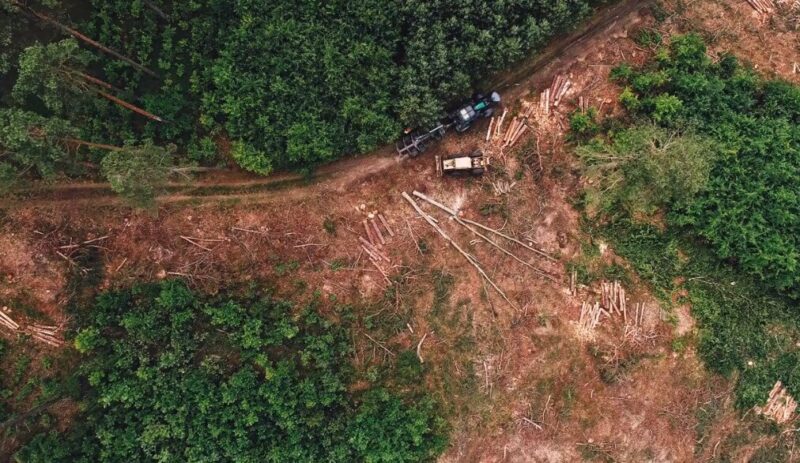Deforestation. It’s the buzzword that sends environmentalists into a frenzy and makes politicians squirm in their seats. Trees are being chopped down faster than you can say “Amazon Rainforest.” But hey, who needs trees, right?
Well, turns out, we all do. And that’s where conservation efforts step in. They’re like the underappreciated superheroes of the environmental world, fighting the good fight against deforestation.
The Grim Reality of Deforestation
First, let’s face the music. Deforestation isn’t just about losing trees. It’s about losing entire ecosystems, biodiversity, and even our climate stability.
Forests are like nature’s air purifiers, climate regulators, and animal sanctuaries all rolled into one. Without them, we’re pretty much signing our own eviction notice from this planet.
Conservation Efforts
So, what exactly are conservation efforts doing to combat deforestation? Well, for starters, they’re not just hugging trees and chanting “Save the Planet” slogans.
They’re involved in some pretty hardcore science and policy work. Let’s break it down.
Reforestation and Afforestation
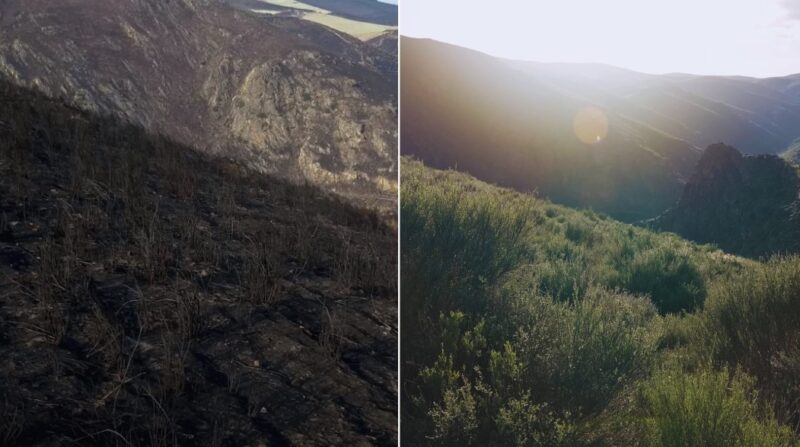
Planting trees – it sounds so simple, almost too good to be true. But reforestation (replanting trees where forests have been cut down) and afforestation (planting trees in areas that weren’t previously forested) are critical tactics.
- Reforestation: Think of it as nature’s way of hitting the reset button. Conservation groups identify areas that have been deforested and get to work planting native species.
- Afforestation: It’s like giving Mother Nature a makeover, turning barren lands into lush forests. This not only helps with CO2 absorption but also restores habitats.
Protected Areas and National Parks
Creating protected areas is another smart move. By designating certain regions as national parks or wildlife reserves, governments and conservation organizations can keep logging companies and agricultural interests at bay. Protected Areas vs. National Parks
| Feature | Protected Areas | National Parks |
| Purpose | Protect specific ecosystems or species | Public enjoyment and preservation |
| Management | Often managed by conservation groups | Managed by national governments |
| Access | Restricted access | Open to the public with some restrictions |
Sustainable Forestry Practices
Conservationists are also pushing for sustainable forestry practices. This isn’t about stopping logging altogether but doing it in a way that doesn’t wreak havoc on the environment.
Think selective logging, where only certain trees are harvested, allowing the forest to regenerate.
Community Involvement
Involving local communities is a game-changer. When people living near forests see the benefits of conservation – like job creation and better living conditions – they’re more likely to support these efforts. It’s about making conservation a win-win situation.
International Policies and Agreements
Then, there are the big guns – international policies and agreements. The Paris Agreement, for instance, includes commitments from countries to reduce deforestation.
It’s like getting the entire world on the same page, even if some countries are better at reading than others.
Proof That It Works
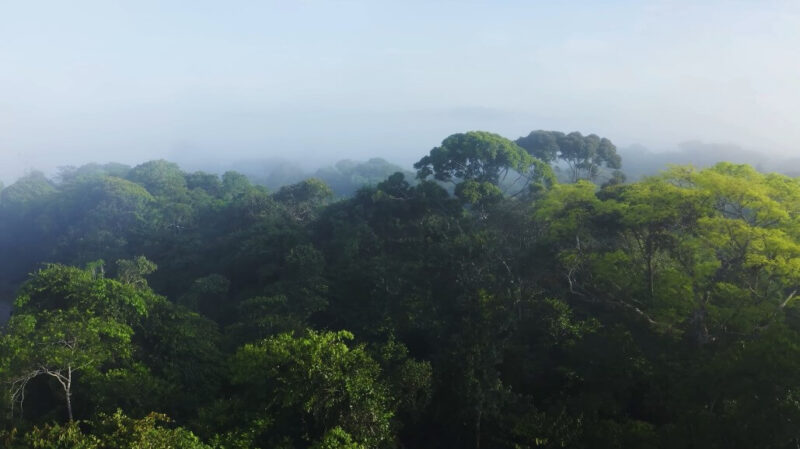
Let’s take a look at some real-world examples where conservation efforts have made a difference.
Costa Rica
Costa Rica went from having one of the highest deforestation rates in the world to nearly doubling its forest cover.
How? Through a combination of government policies, eco-tourism, and involving local communities. They made protecting forests profitable and, guess what, it worked.
The Amazon Rainforest
The Amazon is still a battleground, but there have been successes. Brazil has created protected areas and indigenous reserves, which have helped reduce deforestation rates significantly. Of course, it’s not all rainbows and unicorns – illegal logging and political challenges still pose threats.
African Initiatives
In Africa, the Great Green Wall initiative aims to plant a wall of trees across the entire width of the continent.
It’s ambitious, but it addresses not just deforestation but also desertification and climate change. Talk about killing three birds with one stone.
The Role of Technology
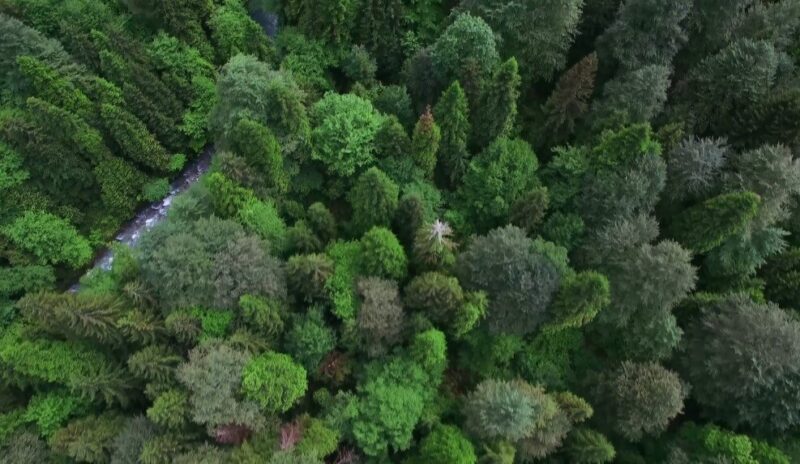
Technology is playing a massive role in modern conservation efforts. From satellite monitoring to drones, tech is making it easier to track deforestation and respond quickly.
Satellite Monitoring
Satellites provide real-time data on forest cover, allowing conservationists to spot illegal logging activities and take action. It’s like having a security camera for the entire planet.
Drones
Drones are the new kids on the block, offering a bird’s-eye view of forests. They can access hard-to-reach areas and provide detailed images, helping in everything from mapping to monitoring wildlife.
Why Should We Care?
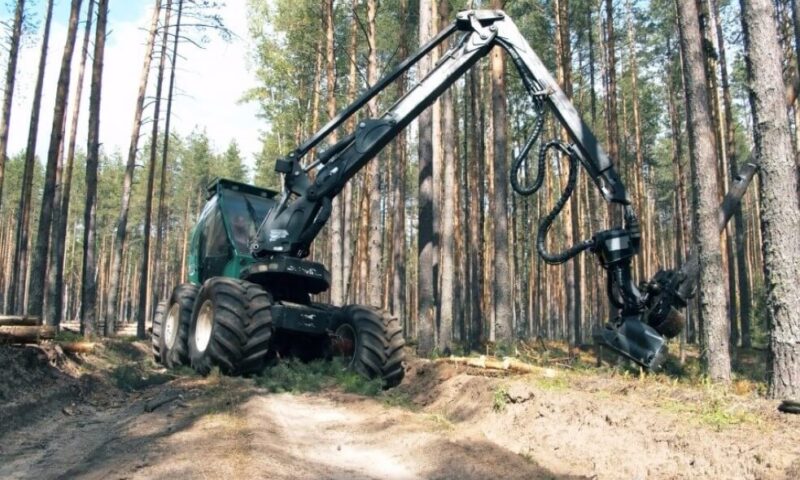
At the end of the day, why should any of us care about conservation efforts? Because it’s not just about saving trees. It’s about saving ourselves. Forests play a crucial role in regulating the climate, maintaining biodiversity, and even supporting human health.
Without them, we’re looking at a future of extreme weather, loss of species, and, frankly, a pretty miserable existence.
What Can You Do?
Feeling a bit helpless? Don’t. There are plenty of ways you can contribute to conservation efforts, even if you’re not out there planting trees or flying drones.
Support Sustainable Products
Buy products that are certified sustainable. Look for labels like FSC (Forest Stewardship Council) which ensure the wood or paper products you’re buying aren’t contributing to deforestation.
Reduce, Reuse, Recycle
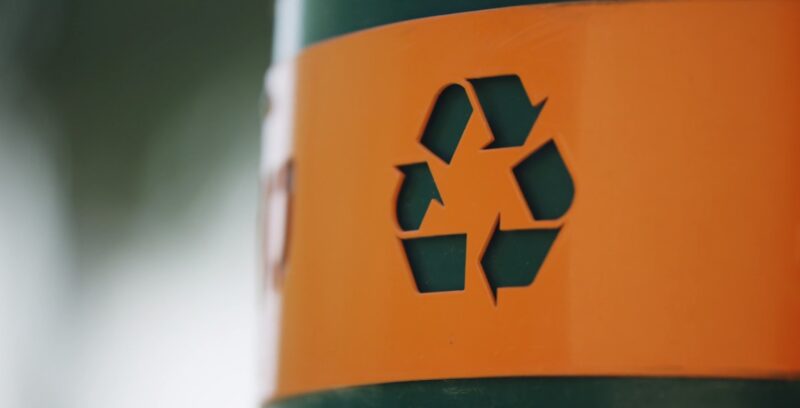
It might sound cliché, but it works. Reducing your paper usage, reusing products, and recycling can significantly cut down the demand for raw materials from forests.
Get Involved
Join or support organizations that are working on the ground. Whether it’s donating money, volunteering your time, or spreading awareness, every little bit helps.
Advocate for Policy Change
Push for stronger environmental policies. Write to your local representatives, support legislation that protects forests, and stay informed about what’s happening in your country.
Final Thoughts
Conservation efforts are making a dent in the fight against deforestation, but there’s still a long road ahead. It’s a battle that requires global cooperation, innovative solutions, and, most importantly, a change in how we value our natural resources.
So, next time you hear someone talking about saving the trees, maybe don’t roll your eyes. They might just be onto something. After all, without forests, we’d be pretty lost – not to mention gasping for breath. If you’re interested in contributing to conservation efforts, there are plenty of ways to get involved.
Whether it’s supporting sustainable products, reducing your paper usage, or advocating for stronger environmental policies, every bit helps. Let’s not wait until it’s too late to act. Our forests – and our future – depend on it.

